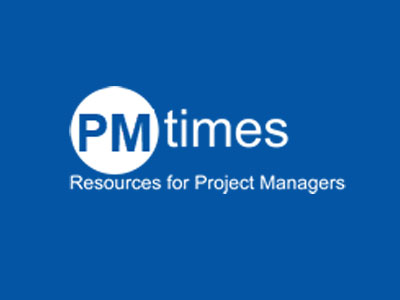There’s no doubt that executive commitment is a critical ingredient to meeting and exceeding project results. As a former VP of Operations and a global business consultant, I’ve been involved with or led hundreds of projects. A common ingredient to those that deliver the expected results, on time and on budget, is executive commitment.
So, why is executive commitment important? The obvious answer is that without it, nothing will occur. However, it can be less clear than it sounds. Typically, executives say they support “good-sounding” projects/initiatives; however, they don’t support them when it comes to allocating time, money and resources. Or, it can be as simple as they will not help the project team tackle roadblocks as it might conflict with their political success, etc.
In my experience, it appears to the project team that the executive has changed his/her mind; however, that’s rarely the case. Think about it this way: in today’s economy, what executive wouldn’t want as many projects implemented as possible which have the potential to improve the business? If the executive thinks there is no downside to voicing support and achieving 50% of these projects, why wouldn’t he/she do so?
However, this is not effective executive support. In my experience, although partial support can sometimes “work,” it not only doesn’t work in the long term most of the time, it also discourages and demoralizes the project team. Instead, a project team that delivers bottom line results needs full executive commitment – 100%. So, what are the keys to success for the project team to obtain full executive commitment?
- Present in Terms of Results – It is common to become absorbed in describing projects in terms of tasks and what’s of interest to the project team. It’s easy to get caught up in the silo-view – describing what will help your particular business function or how the project will make it easier for your team. However, this is less likely to obtain executive commitment. Instead, focus on business outcomes.Executives care about how the project will affect bottom line results. It is vital to explain how the project will improve the company’s condition, meet a business objective, etc. Are there intangible benefits which are important to the executive? Make the benefits clear. Tie them to profit, cash flow, etc. Ideally, present a return on investment.
- Focus on the Pragmatic – In today’s environment, pragmatic is back in style! Is it tangible? Reasonable? Attainable? Can it be achieved within a reasonable period of time?When businesses had excess cash (remember those days?), it was more accepted to discuss projects that were lofty in nature which seemed to move the business in the right direction. Now, these are quickly dismissed. Instead, focus on tangible improvements. Time is of the essence and resources are scarce; they cannot be wasted on potential projects that have a 20% chance of delivering pragmatic results.
- Specify what Support is Needed- In today’s environment of lean resources, one of the keys to success in obtaining executive commitment is to present the entire picture, including the support required (time, money, resources) to deliver your idea or project. Discuss potential roadblocks and political challenges upfront. Full disclosure in the beginning is best. Have you provided a picture of the project’s benefits vs. other tasks/projects? Make a compelling case, and remember to communicate your needs and how they relate to achieving the project results.
Executive commitment is the number one key to successfully delivering any project. It is up to you to obtain full commitment upfront; once the project has started, it is always at least twice as difficult to achieve it.
Published in “Project Times” website, June, 2010
Click here for original article.



